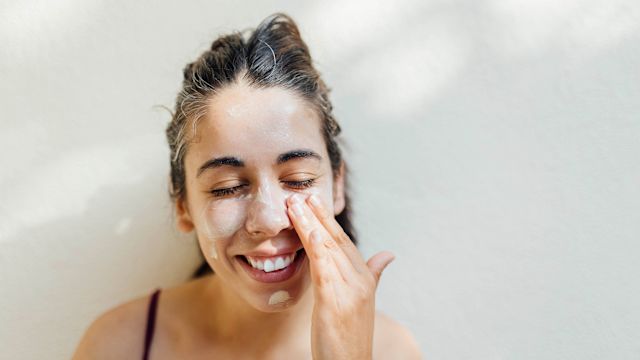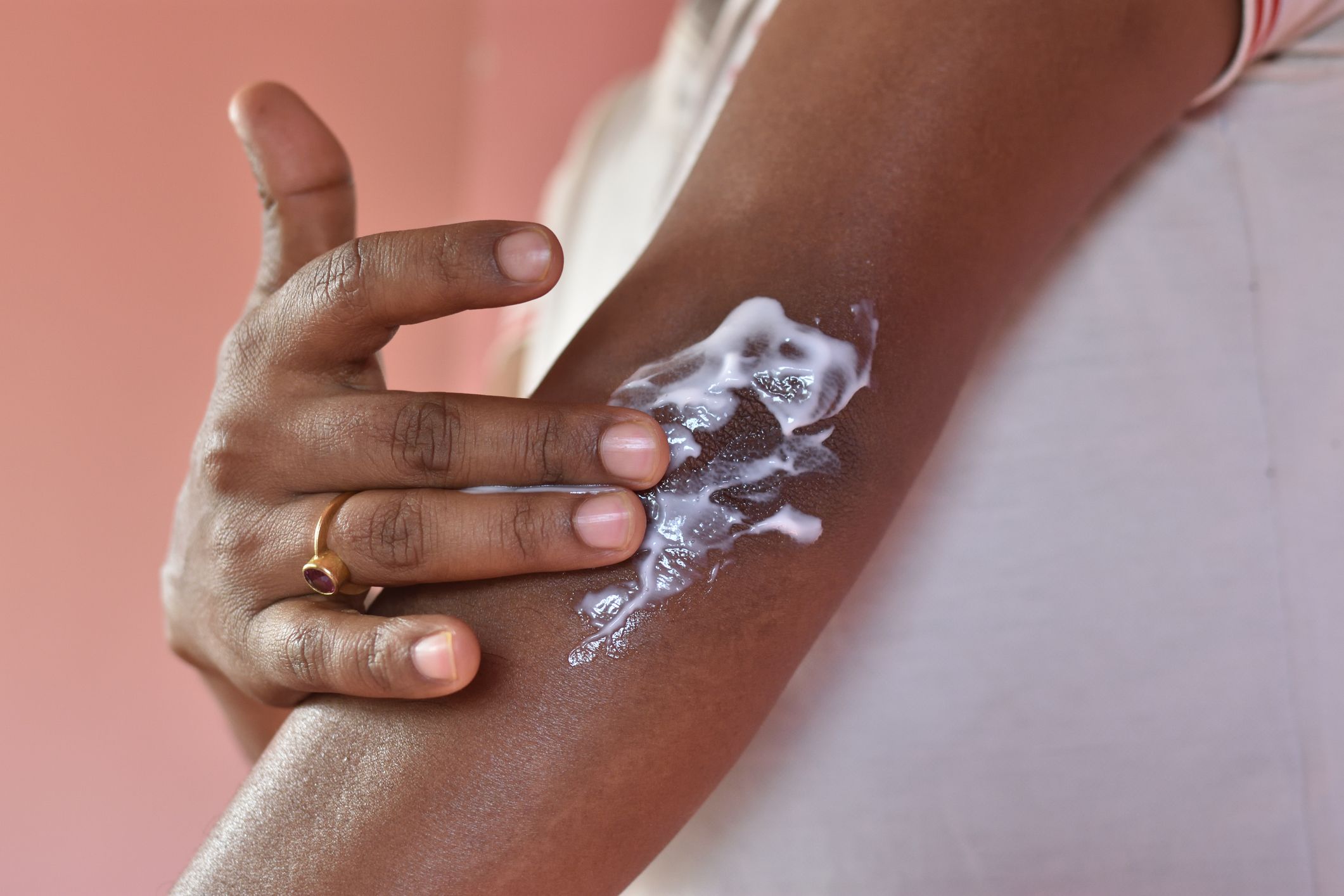Updated on February 16, 2024
Atopic dermatitis is an inflammatory skin disorder that causes itching, rash, and damage to the skin. It’s the most common form of eczema, and it’s associated with numerous other health conditions, including asthma, seasonal allergies, food allergies, and autoimmune disorders. Living with atopic dermatitis often affects a person’s mental health and sleep.
There is no known cure for atopic dermatitis, and for many people, it is a lifelong condition that requires continuous treatment. Treatment is individualized, meaning it is a bit different for every person. The goals of treatment are to reduce symptoms as much as possible, prevent complications (like scarring and skin infections), and improve quality of life while living with atopic dermatitis.
Your best source of information about treatment will be a healthcare provider. Treatment for atopic dermatitis is typically overseen by a dermatologist, but it can involve other healthcare providers with different specialties. A primary care provider, allergist/immunologist, and mental health professional are all examples.
What goes into a treatment plan
A treatment plan for atopic dermatitis usually involves a combination of strategies. These can include:
- Following a skin care routine that includes bathing and applying moisturizer.
- Identifying and avoiding triggers (anything that makes symptoms worse).
- Topical medications, which are applied to the skin.
- Light therapy, which involves going to a healthcare office or treatment center for appointments.
- Systemic therapies, which are taken as pills or injections.
Avoiding scratching is an essential part of treatment as well. Scratching causes damage to the skin, and can worsen symptoms and increase the risk of infection.
How to get the most out of treatment
The number one thing you can do to get the most out of a treatment plan is to follow a treatment plan as closely as possible. While this seems simple, it’s often not. Many people miss doses of therapies or use therapies inconsistently. If you are having any difficulty following a treatment plan, talk to your healthcare provider, and work together to find a solution.
Additionally, here are some other strategies that may help you succeed with treatment:
- Keep a diary. A diary or journal can help you recognize patterns in symptoms and identify potential triggers. Some things you can track are symptoms, the foods you eat, your stress level, and daily activities.
- Look at your wardrobe. Certain fabrics can irritate the skin and cause or contribute to symptoms. Generally, you want to avoid wool or other scratchy fibers and choose softer options, such as cotton.
- Look at your laundry. If you are living with atopic dermatitis, you should already be opting for gentle soaps, cleansers, and skin care products. But you’ll also want to use mild laundry detergents and avoid products like bleach and fabric softeners, which may irritate the skin.
- Look at your day-to-day habits. Exercise, good nutrition, quitting smoking (if you smoke), and getting enough sleep can all make a difference when it comes to managing atopic dermatitis and overall health (including mental health). These are also good topics to discuss with a healthcare provider.
- Reduce stress. Atopic dermatitis can be stressful to live with, and stress can make atopic dermatitis symptoms worse for some people. Making time to relax and do things you enjoy is essential to reducing stress. You might also consider trying a stress-reducing activity, such as yoga, deep breathing, or meditation. Working with a counselor or therapist can also be helpful.
- Wear sunscreen. Apply sunscreen (and moisturizer) when going outdoors and wear clothing with UV protection to prevent sunburn, which can damage the skin and worsen atopic dermatitis symptoms. Sunscreens that use physical or mineral SPFs (like zinc oxide or titanium dioxide) may be less likely to irritate the skin.
- Wear gloves. Cotton gloves can protect the hands when doing chores, and should be washed inside out and thoroughly dried after each use. Vinyl gloves can keep hands dry when washing dishes or during other chores where hands can get wet, but these should only be worn for 15 to 20 minutes at a time to avoid trapping moisture and irritating the skin.
Again, atopic dermatitis is a different condition for everyone. If you have questions or concerns about any aspect of managing atopic dermatitis, your best source of information will be your healthcare provider. It’s also important to remember that you are often your healthcare provider’s best source of information—be honest about how you feel about treatment, ask questions, and if you’re struggling with something, bring it up at your appointment.






